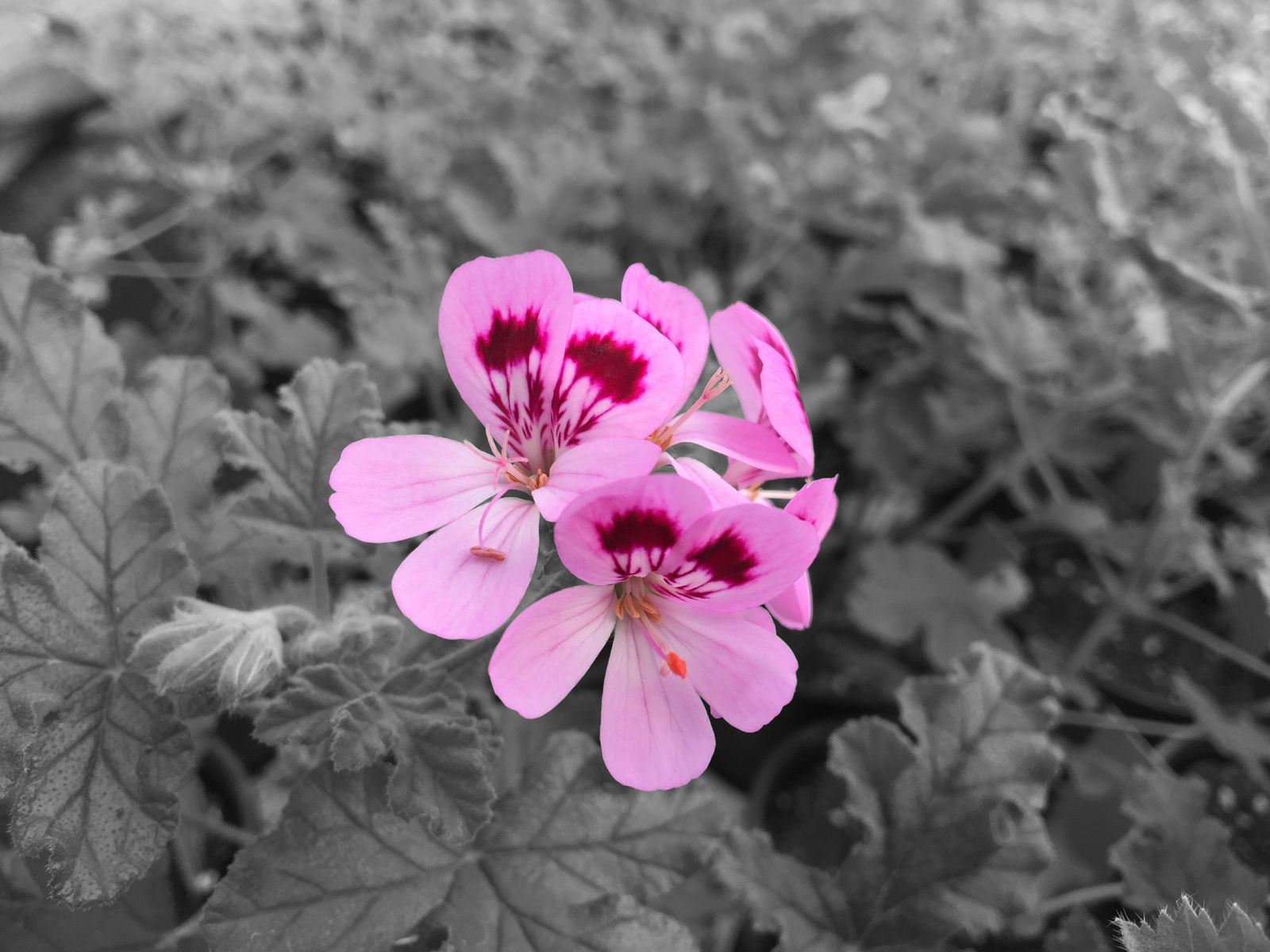
Pollinators such as bees, butterflies, and hoverflies play a crucial role in the health and productivity of our gardens. By attracting these beneficial insects, you can help to ensure the pollination of your plants and support local biodiversity. Here are some tips and plant recommendations to help you create a pollinator-friendly garden.
#1. Plant a Variety of Flowers
Different pollinators are attracted to different types of flowers, so planting a diverse range of flowering plants can help to attract a variety of pollinators. Choose plants with different colours, shapes, and bloom times to provide a continuous source of nectar and pollen throughout the growing season.
#2. Choose Native Plants
Native plants are well-adapted to the local climate and soil conditions, making them an excellent choice for attracting native pollinators. Some great native plants for UK gardens include:
- Lavender: Highly attractive to bees and butterflies.
- Foxglove: A favourite of bumblebees.
- Honeysuckle: Attracts bees and butterflies with its sweet scent.
- Wild Marjoram: A magnet for bees and hoverflies.
- Borage: Produces blue flowers that are loved by bees.
#3. Provide Water Sources
Pollinators need water to stay hydrated, especially during hot weather. Provide shallow dishes of water with stones or pebbles for insects to land on, or create a small pond or water feature in your garden. Ensure that the water is clean and fresh to attract pollinators.
#4. Avoid Pesticides
Pesticides can be harmful to pollinators and other beneficial insects. Avoid using chemical pesticides in your garden, and opt for organic pest control methods instead. Encourage natural predators, such as ladybirds and lacewings, to keep pest populations in check.
#5. Create Habitat
Pollinators need safe places to rest, nest, and overwinter. Provide habitat by leaving some areas of your garden a bit wild and untidy. Plant dense shrubs and hedges, and leave dead wood and leaf litter for nesting sites. You can also install bee hotels and butterfly houses to provide additional shelter.
#6. Plant in Clusters
Planting flowers in clusters rather than scattering them throughout the garden can make it easier for pollinators to find and access the nectar and pollen. Grouping plants together also creates a more visually appealing garden design.
#7. Use Organic Mulch
Organic mulch, such as compost or bark chips, can help to improve soil health and provide habitat for ground-nesting bees. Apply a layer of mulch around your plants to retain moisture, suppress weeds, and support pollinators.
#8. Provide Food for Caterpillars
Butterflies and moths start their lives as caterpillars, which have specific host plants they feed on. Planting host plants, such as nettles for peacock butterflies or bird's-foot trefoil for common blue butterflies, can help to support the entire life cycle of these pollinators.
By following these tips and incorporating pollinator-friendly plants and practices into your garden, you can create a thriving habitat for bees, butterflies, and other beneficial insects. Not only will you be supporting local biodiversity, but you'll also enjoy the beauty and productivity of a pollinator-rich garden. Happy gardening!
#Suggested Image
Filename: attracting-pollinators.jpg
This image should depict a garden with a variety of flowering plants and pollinators such as bees and butterflies.